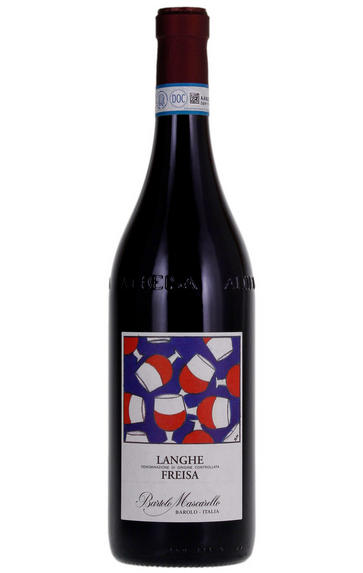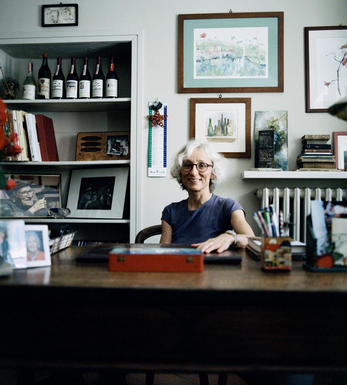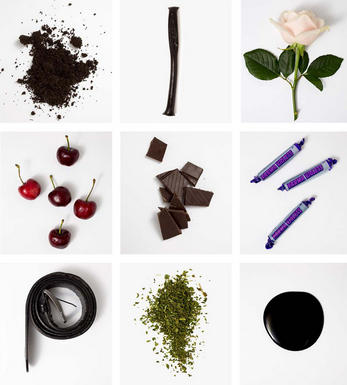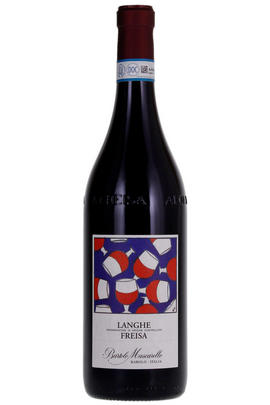
About this WINE

Cantina Bartolo Mascarello
Cantina Mascarello Bartolo remains one of the most revered Barolo wine-making domaines. Founded in 1918, its reputation was secured by the late great Bartolo Mascarello and since 2005 by his daughter Maria-Teresa Mascarello, whose first vintage was in 1993.
The 5 hectare domaine lies in the Barolo village on prime sandy calcareous clay Tortonian soils, with the vineyards of Cannubi, San Lorenzo, Rue, & Rocche del Annunziata (La Morra) at its heart. Only one Barolo wine is made, a blend of all the crus, along with some Dolcetto and Barbera.
The style remains staunchly traditional. Vinification takes place in fifty year old cement & wooden cuves, without recourse to yeast or temperature control. The Barolo is aged for approx. 3 years in 25 hl Slavonian botte (all recently replaced), followed by 1 year in bottle prior to release.
Maria-Teresa believes quite simply that the key to great wine is to produce the healthiest, ripest fruit possible. She would also describe herself as (bio) logic & (bio) dynamic! Berrys are fortunate to have a tiny share of the 1,250 cases Barolo produced annually.

Nebbiolo
Nebbiolo is the grape behind the Barolo and Barbaresco wines and is hardly ever seen outside the confines of Piedmont. It takes its name from "nebbia" which is Italian for fog, a frequent phenomenon in the region.
A notoriously pernickety grape, it requires sheltered south-facing sites and performs best on the well-drained calcareous marls to the north and south of Alba in the DOCG zones of Barbaresco and Barolo.
Langhe Nebbiolo is effectively the ‘second wine’ of Piedmont’s great Barolo & Barbarescos. This DOC is the only way Langhe producers can declassify their Barolo or Barbaresco fruit or wines to make an early-drinking style. Unlike Nebbiolo d’Alba, Langhe Nebbiolo can be cut with 15% other red indigenous varieties, such as Barbera or Dolcetto.
Nebbiolo flowers early and ripens late, so a long hang time, producing high levels of sugar, acidity and tannins; the challenge being to harvest the fruit with these three elements ripe and in balance. The best Barolos and Barbarescos are perfumed with aromas of tar, rose, mint, chocolate, liquorice and truffles. They age brilliantly and the very best need ten years to show at their best.



Buying options
Add to wishlist
wine at a glance
Delivery and quality guarantee